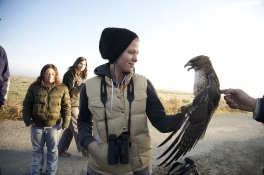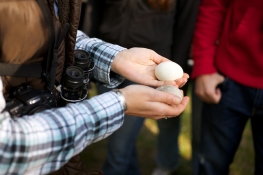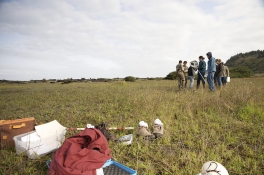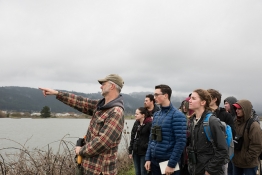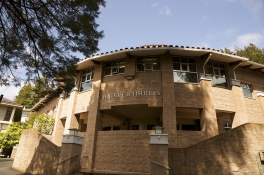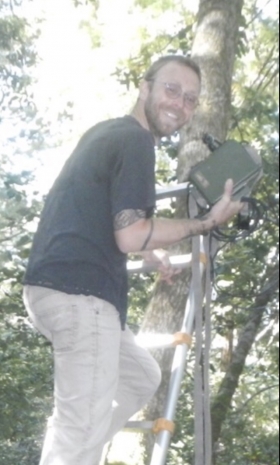Travis Farwell
ABSTRACT: Advancements in bioacoustics field studies have further elucidated spatial, temporal, and behavioral aspects of otherwise-cryptic species, as well as offering insights into species communication. The discovery of high-frequency vocalizations in North American flying squirrels in particular has allowed researchers to use ultrasonic acoustic recorders to detect these cryptic species in the wild. Investigations into vocalizations of northern flying squirrels (Glaucomys sabrinus) and southern flying squirrels (G. volans) have highlighted call type variation between species and the potential use of recorders as a tool to examine vocal activity patterns. However, high-frequency vocalizations had yet to be quantitatively analyzed for the recently discovered Humboldt’s flying squirrel (G. oregonensis). Using ultrasonic acoustic recorders, I recorded flying squirrels in Humboldt and San Bernardino counties, California to: 1) measure and compare call properties and call types of Humboldt’s flying squirrels and the San Bernardino subspecies (G. o. californicus) and test for geographic variation, 2) determine the extent of seasonal variation that exists between call type rates, and 3) test for seasonal differences in their nightly vocal activity patterns within and between counties. I hypothesized that variation in call properties may exist between Humboldt’s flying squirrel and the San Bernardino subspecies, and that nightly call rates and vocal activity patterns would differ between summer and winter. I collected over 27,000 calls from 2018-2021 from different areas in Humboldt and San Bernardino counties and identified four previously described call types in flying squirrels: arcs, upsweeps, chirps, and trills. I found significant geographic variation in arc and trill call types when comparing call properties between counties, but these call properties were not significantly different across areas within each county. Additionally, I found that vocal activity patterns were similar between seasons within each county as well as between counties, but I found significant differences in the timing of call types across seasons within both counties. I also demonstrate the usefulness of ultrasonic recorders as a minimally-invasive tool for surveying for flying squirrels and their potential for assisting in future investigations into the behavior, ecology, and conservation of these enigmatic, forest-dwelling species.

